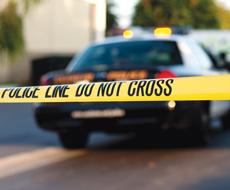
Federal agencies have issued guidance for how healthcare providers should prepare for an active shooter emergency. The 33-page document covers threat assessment, actions to take during and after an emergency, and other best practices.
The “ideal situation” would be preventing a shooting incident entirely, the planning guide emphasizes. Facilities should consider creating a threat assessment team with “diverse representation,” including administrators, human resources workers and law enforcement personnel. The team would be trained to identify warning signs of a potential shooter, whether the troubled individual is a staff member, resident or visitor.
These teams are “not common” in healthcare settings but have been mandated by some institutions after high-profile incidents, such as the shooter at Virginia Tech in 2007, the document notes.
If an incident happens, facilities should train people to run to safety. If this is not possible, hiding in the most secure available place should be next. Fighting the shooter might be a last resort. While the “run, hide, fight” protocol is ideal, the guidance acknowledges active shooter situations unfold quickly.
Facilities may consider psychological first aid following an incident. PFA training is available in person and online, and covers topics such as approaching traumatized people to calm and orient them.
The document offers a variety of other suggestions, including how best to communicate during an active shooter emergency. Some facilities fear a panic if they openly announce the presence of a gunman, and develop codes to be used over paging systems. Research has shown that people in fact do not panic and respond more effectively if details are provided, the document states.
From the January 01, 2015 Issue of McKnight's Long-Term Care News




